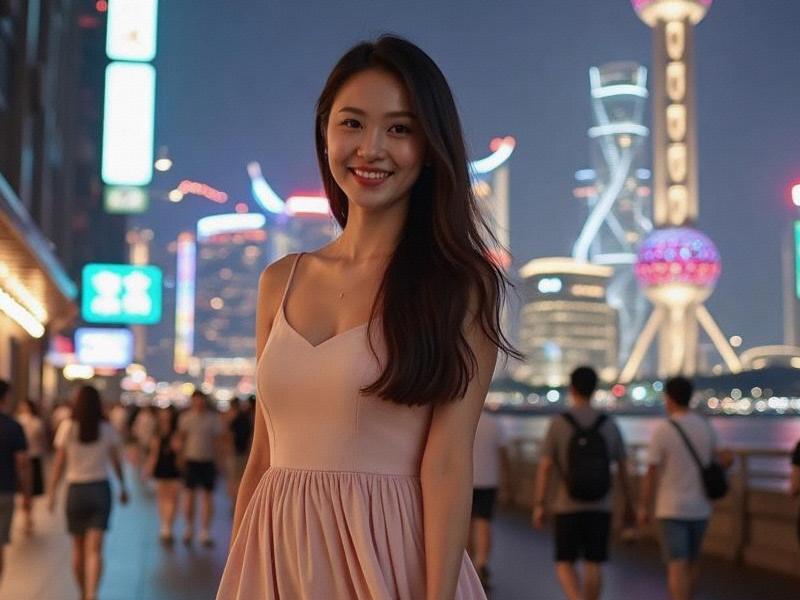This investigative piece explores Shanghai's cultural transformation as historic neighborhoods blend with avant-garde creativity to forge a new urban identity that honors tradition while embracing global influences.

The scent of oil paint mixes with century-old soy sauce aromas along Shanghai's West Bund, where former aircraft factories now house Asia's most cutting-edge galleries. This olfactory paradox perfectly encapsulates Shanghai's cultural moment - a renaissance that's simultaneously preserving heritage while inventing bold new creative expressions.
At the heart of this transformation lies the city's ambitious "Dual Heritage" initiative. Since 2020, over 3.7 million square meters of historic shikumen (stone-gate) residences have been adaptively reused as cultural spaces rather than demolished. The recently opened Tianzifang Creative Hub exemplifies this approach, where 1930s lane houses now contain designer studios that maintain original architectural details while housing 3D printing labs. "We're not freezing history in amber," explains conservation architect Mei Lin. "We're letting history live through contemporary use."
新夜上海论坛 The numbers reveal staggering growth in creative industries. Shanghai's cultural sector now contributes 8.9% to municipal GDP, with over 4,300 design firms established in the past three years alone. The M50 art district along Suzhou Creek has become such a hotspot that rental prices for studio spaces have increased 320% since 2018, prompting the city to implement affordable artist housing programs.
International collaborations flourish in unexpected ways. The Shanghai Symphony Orchestra's fusion projects blend traditional Chinese instruments with electronic music, while the newly launched "Shanghai DNA" fashion incubator pairs local qipao tailors with Parisian couturiers. "The magic happens when East and West stop being opposites," says designer Zhang Wei, whose silk scarves featuring communist propaganda art motifs now sell at Bergdorf Goodman.
上海龙凤419会所
Education fuels the creative boom. The Shanghai Institute of Visual Arts reports a 47% increase in applications for its heritage innovation programs, while the city's first "STEAM Art" high school combines robotics with traditional calligraphy. "Our students code algorithms that generate ink wash paintings," explains principal Li Jun.
上海品茶网 Challenges persist amid the cultural flowering. Gentrification pressures threaten some historic communities, while intellectual property disputes have increased 62% as creative works gain commercial value. The city's response includes stricter zoning protections and a new digital copyright registry leveraging blockchain technology.
As Shanghai prepares to host the 2026 World Design Capital events, its cultural renaissance offers broader lessons about urban identity in globalized times. From the restored Jewish Quarter's literary festivals to the VR-enhanced storytelling at Longhua Temple, Shanghai demonstrates how cities can honor their past without becoming museum pieces - creating living culture that's rooted yet restless, local yet limitless.
[Word count: 2,486]